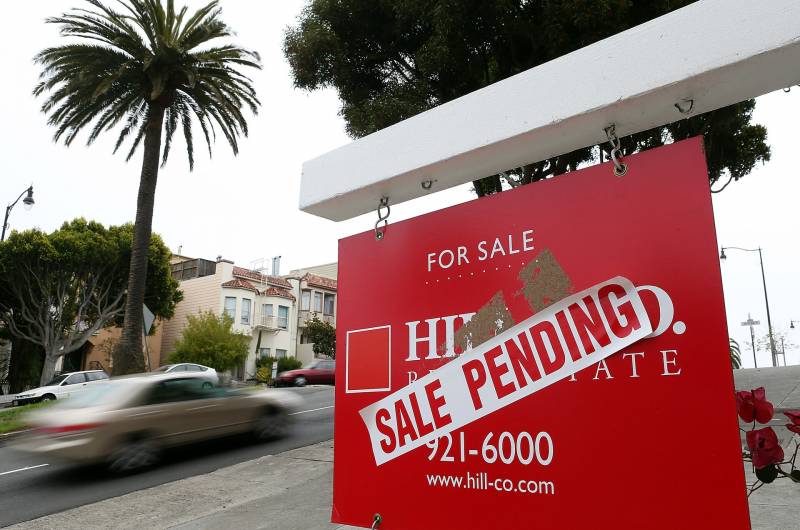Rawan Elhalaby, the report’s author, says stronger federal regulations are needed to compel traditional banks to serve Black and Latino communities.
“Nobody is telling them you have to lend to people of color, and until it makes more financial sense for them, they will not do it,” said Elhalaby, a program manager at the Greenlining Institute, a racial and economic justice policy group.
The group used mortgage data collected under the Home Mortgage Disclosure Act, passed by Congress in 1975, to analyze lending patterns in six major metropolitan areas across California.
For instance, in the Oakland-Berkeley-Livermore metropolitan area, encompassing 2.8 million people, the Black population makes up 9.4% of the population, but were awarded only 4% of all home purchase loans in 2019, it found.
That disparity is even more extreme among Latinos in the same region, who represent 23.7% of the population, but were awarded only 10.8% of home-buying loans last year.
Across the bay, in the San Francisco-San Mateo-Redwood City metropolitan area of roughly 1.6 million people, Black people make up 3.6% of the population, but they netted just 78 home-purchasing loans in 2019, or 0.73% of all loans awarded.
Meanwhile, white people, who make up over 39% of that region, were awarded about 4,200 home-buying loans in 2019, a rate roughly proportionate to their population.
The report recommends the following series of steps to improve equity in awarding home loans:
- For banks to create more loan products and extend access and outreach in lower-income and immigrant communities;
- For banks to increase their branch presence in rural communities and communities of color;
- For communities to better fund nonprofits led by people of color to support homeownership counseling;
- And for federal reform to strengthen the Home Mortgage Disclosure Act and other regulations to make more loans available to households in low- and moderate-income communities.
Elhalaby’s said her parents, who emigrated from Palestine to San Diego in 1989, benefited from working with culturally competent banks. There is a prevalence of Arabic-speaking bank tellers among Wells Fargo branches in that city, which Elhalaby said was key to her parents securing a home loan when she was a teenager.
“That was kind of a game changer,” she said. “There was someone that [could] really explain the whole system, like anything that they signed. They felt confident that they knew what they were getting into.”
There is a similar dynamic playing out across the most recent loan data, Elhalaby said. Asian communities in California — and the Chinese community in particular — receive home loans at rates similar to those of white people, a factor due largely to bank access, Elhalaby said.

